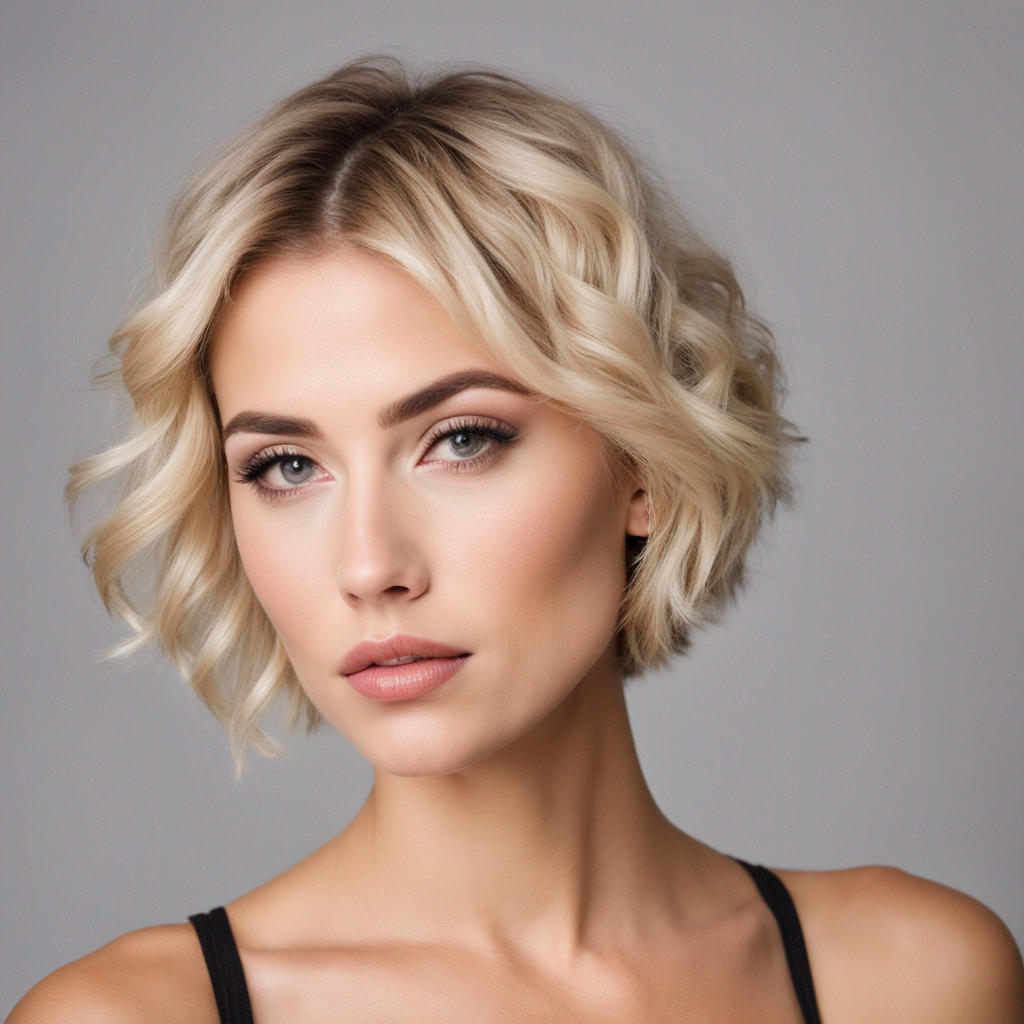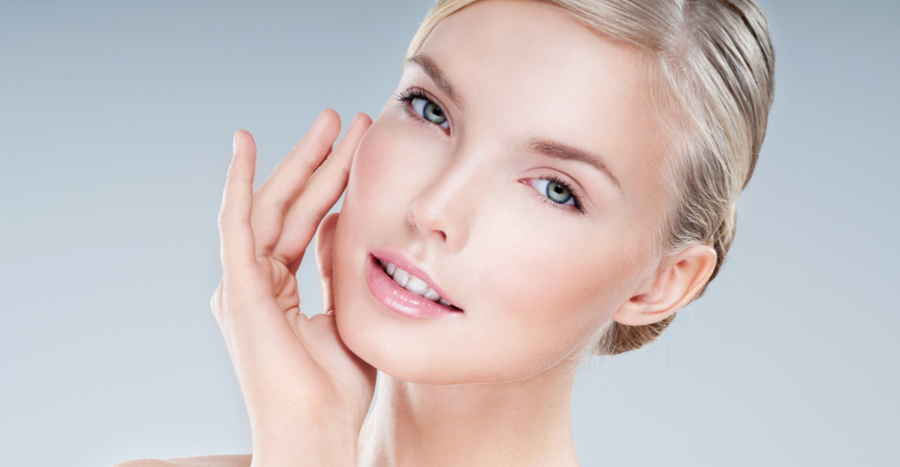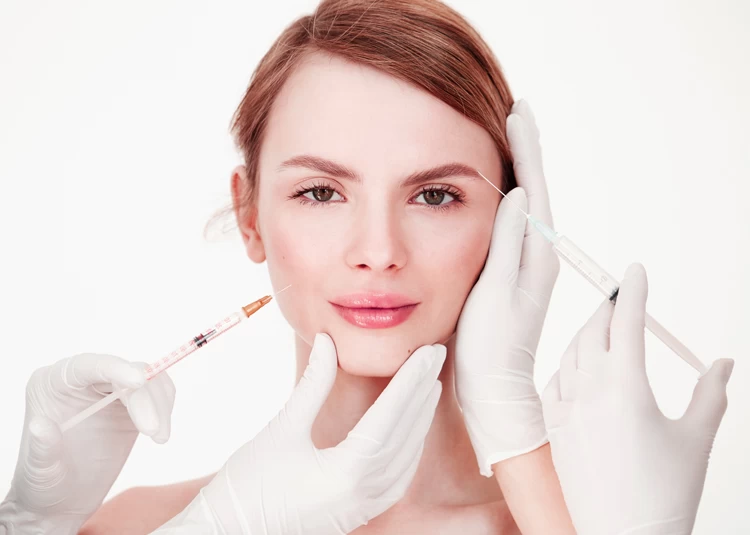Key Takeaways
-
Fraxel treatment is a proven method for skin resurfacing, effectively addressing a variety of skin concerns including scars, wrinkles, and pigmentation issues.
-
The benefits of Fraxel are significant, offering both cosmetic improvements and promoting healthier skin by stimulating collagen production.
-
Before undergoing Fraxel, a thorough consultation with a dermatologist is crucial to set realistic expectations and understand the process.
-
Each Fraxel session involves precise laser technology to target damaged skin cells while leaving surrounding tissue intact, which promotes rapid healing.
-
Proper aftercare following a Fraxel treatment is essential for optimal results and includes moisturizing, avoiding sun exposure, and following any personalized advice from your skincare professional.
-
Recovery times can vary, but most patients see noticeable improvements after the initial healing period, with continued enhancements as the skin naturally regenerates.
Understanding Fraxel Treatment
Fraxel Basics
Fraxel treatment stands as a non-invasive method to rejuvenate skin. It harnesses light energy to target aging and damaged skin layers. This approach allows for precise correction without harming the skin’s surface.
Patients opt for Fraxel due to its effectiveness in addressing wrinkles, scars, and sun damage. The technology behind it focuses on treating small fractions of skin at a time. This ensures minimal discomfort and quick recovery.
Technology Explained
The core of Fraxel treatment lies in its advanced technology. It uses a laser to penetrate the skin deeply but gently. This targeted approach means surrounding tissues remain unaffected.
The laser creates micro-injuries that trigger the body’s healing response. This process stimulates collagen production, essential for youthful skin. As a result, patients notice improved skin texture and tone.
Natural Healing
Fraxel treatments excel in stimulating the body’s natural healing process. They encourage the replacement of damaged cells with fresh, healthy tissue.
This regeneration leads to significant improvements over time. Patients report reduced fine lines and more even skin complexion after several sessions. The beauty of Fraxel lies in its ability to offer long-lasting results through a non-surgical method.
Fraxel Benefits and Effectiveness
Wide Range
Fraxel treatments stand out for their versatility. They tackle a broad spectrum of skin issues. Fine lines and wrinkles meet their match with this advanced technology. But it doesn’t stop there.
Fraxel also makes short work of scarring and pigmentation problems. Whether it’s acne scars or age spots, patients see significant improvements. This adaptability makes Fraxel a go-to solution for diverse skin concerns.
Progressive Results
The magic of Fraxel lies in its results’ nature. Improvements don’t just appear overnight; they unfold over time. Typically, the first signs of success are visible within 2 to 3 months post-treatment.
Patients appreciate this gradual transformation. It feels natural and allows the skin to heal properly. Over time, these results can be quite dramatic, restoring a youthful appearance to the treated areas.

Comfort and Downtime
One aspect that sets Fraxel apart is its patient comfort focus during treatment. An integrated cooling system ensures the process is as painless as possible. This feature significantly enhances the treatment experience.
Moreover, downtime is minimal with Fraxel treatments. Patients can often return to their daily routines quickly, making it a convenient option for busy individuals seeking effective cosmetic solutions.
Before and After Fraxel
Consultation Importance
Consulting a professional is crucial before undergoing Fraxel. They assess if your skin type and concerns match the treatment’s capabilities. This step ensures safety and effectiveness.
Professionals tailor advice based on individual needs. They consider your skin’s condition, setting realistic goals for the treatment outcome.
Realistic Expectations
Viewing before and after photos is beneficial. It helps set realistic expectations for your own results. These images showcase the transformation previous patients have undergone, offering a glimpse of potential changes.
Photos also highlight the variety of concerns Fraxel can address. They demonstrate improvements in texture, tone, and scarring among others.
Pre-Treatment Advice
Following pre-treatment advice is key to preparing your skin. It optimizes the outcome of the Fraxel procedure. Professionals provide guidelines on avoiding certain medications and skincare products.
They also recommend hydrating well and staying out of the sun. These steps reduce potential complications, ensuring a smoother recovery process.
Fraxel Session Explained
Preparation Phase
Patients undergo a pre-treatment assessment to ensure they’re suitable for Fraxel. This involves discussing medical history and skin goals.
A topical anesthetic cream is applied to the treatment area. Patients wait about 45 minutes for the numbing effect to kick in. This makes the procedure more comfortable.
Treatment Process
The Fraxel device is meticulously moved across the target area. It emits microscopic laser columns into the skin, stimulating rejuvenation and collagen production.
Each session lasts between 20 to 30 minutes, depending on the size of the area treated. The sensation during treatment is often described as a mild prickling.
Post-Treatment Care
Immediately after, patients might feel a sensation akin to sunburn. This discomfort usually subsides within a few hours.
Skincare post-Fraxel focuses on soothing and protecting the skin. Moisturizers and sunscreen are crucial.
Recovery Timeline
Most individuals see noticeable improvements after each session but achieving optimal results typically requires 3 to 5 treatments. These sessions are spaced 2 to 4 weeks apart, allowing the skin time to heal properly between treatments.
The recovery period is relatively quick, with most returning to their normal activities within a day or two. However, it’s essential to avoid direct sunlight and follow post-care instructions closely.
Aftercare and Recovery
Sun Protection
After undergoing a Fraxel treatment, protecting your skin from the sun becomes paramount. It is essential to apply a broad-spectrum sunscreen with an SPF of 30 or higher every day. This practice should continue for at least three months post-treatment.
Sunscreen not only helps in preventing further damage but also aids in the healing process.
When spending time outdoors, wearing a wide-brimmed hat offers extra protection. It shields your face from direct sunlight, further supporting your skin’s recovery.
Post-Treatment Care
Following the specific aftercare instructions provided by your physician is crucial for optimal healing and maintaining the results of your Fraxel session. These guidelines are designed to support the skin’s natural healing process while minimizing potential side effects.
Your doctor may recommend gentle skincare products and advise against certain activities that could hinder recovery. Adhering to these recommendations ensures the best possible outcome from your treatment.
Summary
Fraxel treatment stands out as a game-changer in skin resurfacing, offering you a path to rejuvenated skin. By understanding the process, recognizing its benefits, and following proper aftercare, you’re set up for success. Fraxel is effective, with results that speak volumes—smoother, younger-looking skin that boosts your confidence. The journey from before to after Fraxel showcases significant improvements, making it a worthy consideration for those seeking to enhance their skin’s appearance.
Taking the step towards Fraxel means investing in your skin’s future. Remember, recovery is just as crucial as the treatment itself for optimal results. Ready to see the difference? Reach out to a certified dermatologist and take control of your skin’s health today. Your radiant, refreshed complexion awaits.
Frequently Asked Questions
What is Fraxel Treatment?
Fraxel treatment is a type of laser therapy used for skin resurfacing, effectively reducing signs of aging, sun damage, and various skin imperfections by promoting collagen production and cell renewal.
How effective is Fraxel for improving skin appearance?
Fraxel has been proven highly effective in enhancing skin texture, tone, and overall appearance. It targets damaged skin cells while leaving surrounding tissue intact, leading to noticeable improvements with minimal downtime.
What should I expect before and after a Fraxel session?
Before Fraxel, avoid sun exposure and certain skincare products as advised by your specialist. After treatment, expect mild redness and swelling similar to a sunburn, which typically subsides within a few days. Proper aftercare accelerates healing and maximizes results.
Can you explain what happens during a Fraxel session?
During a Fraxel session, targeted laser energy is used to treat microscopic areas of the skin. This triggers the body’s natural healing process, promoting new collagen production without harming the surrounding skin. The procedure usually takes about 20-30 minutes.
What are the key aftercare steps following Fraxel treatment?
Aftercare involves keeping the skin moisturized, avoiding direct sunlight by wearing broad-spectrum sunscreen, and following any personalized care instructions provided by your skincare specialist to ensure optimal recovery and results.
How long does recovery take after Fraxel treatment?
Recovery time varies but generally involves a few days of downtime for initial redness and swelling to diminish. Most people resume their normal activities within a week while continuing to protect the treated area from sun exposure.
Why choose Fraxel over other skin resurfacing methods?
Fraxel offers precise targeting with minimal impact on surrounding tissue, leading to quicker recovery times and fewer side effects compared to more invasive resurfacing methods. Its effectiveness in treating a wide range of skin concerns makes it a versatile choice for many individuals seeking visible skin improvement.










